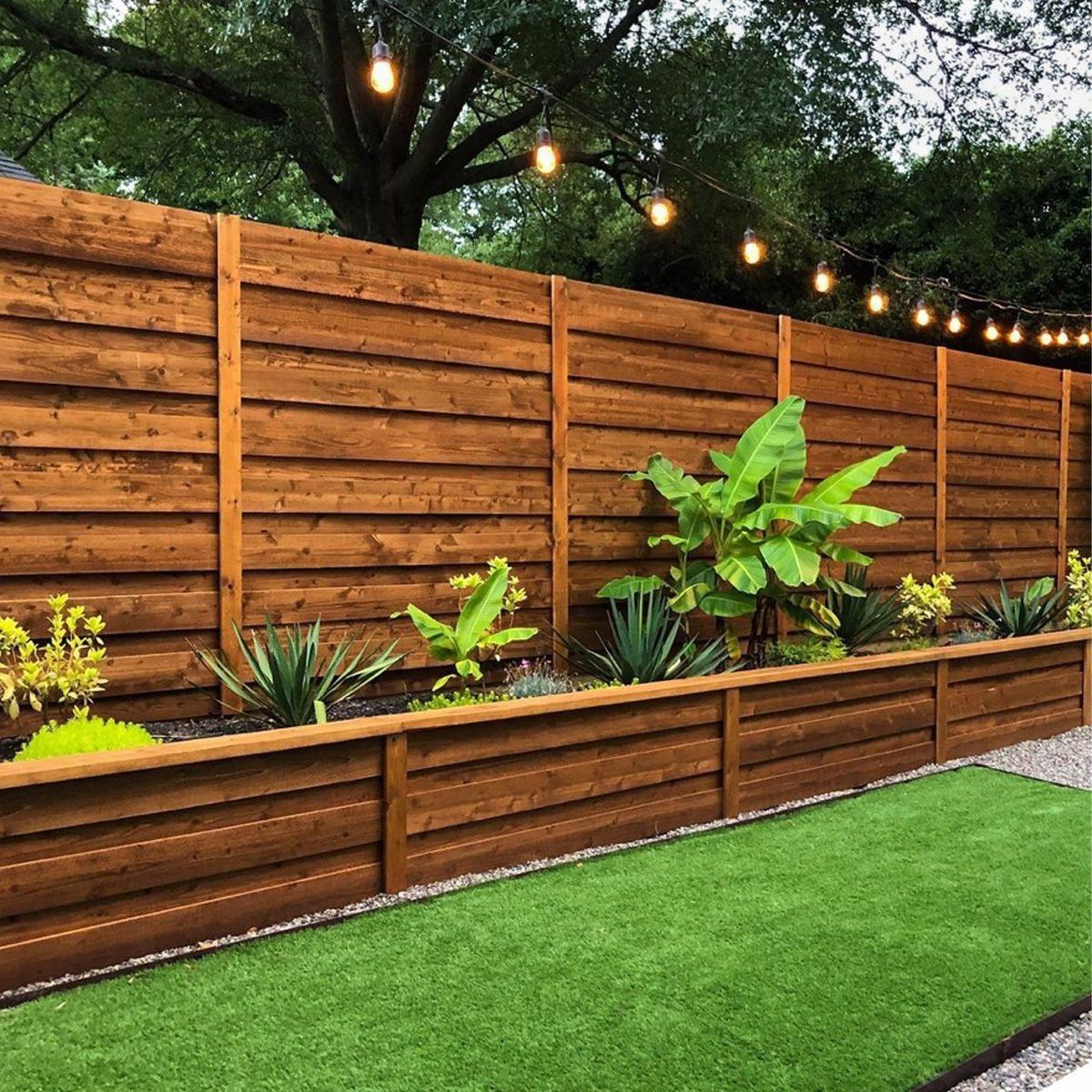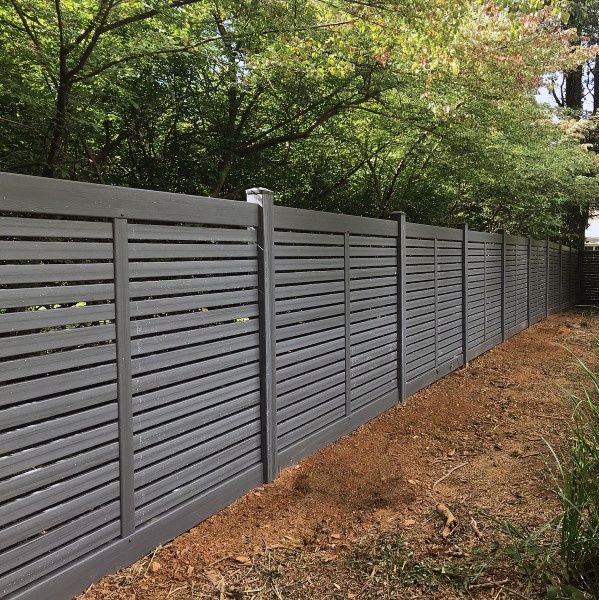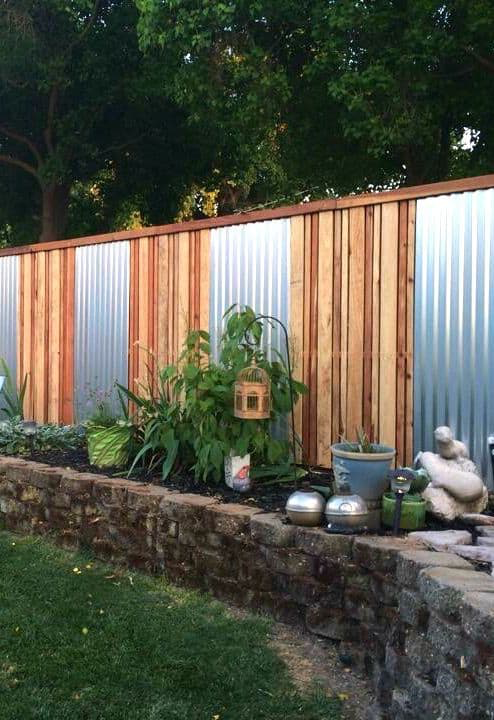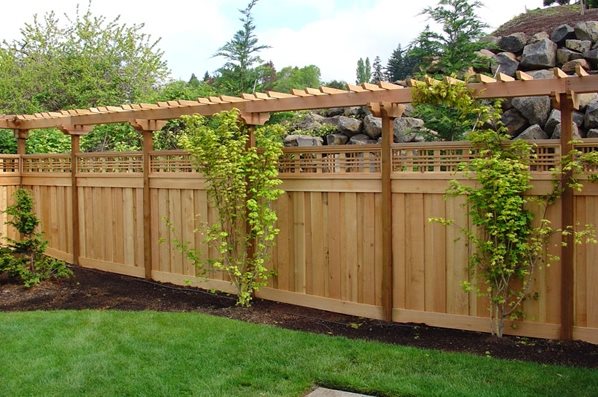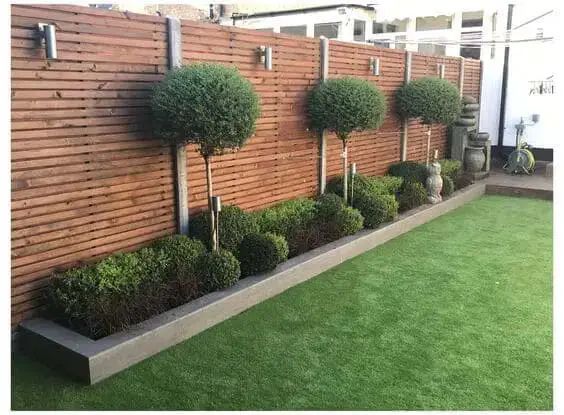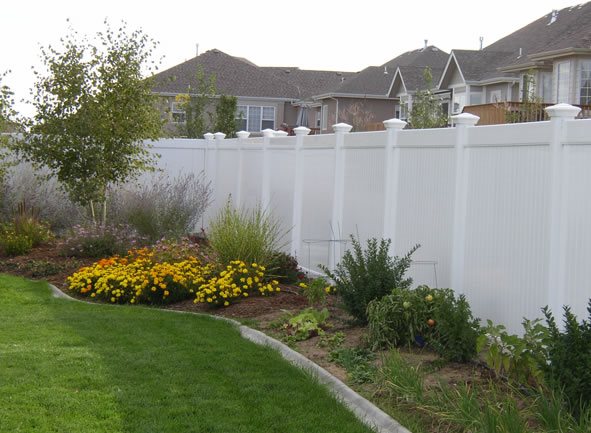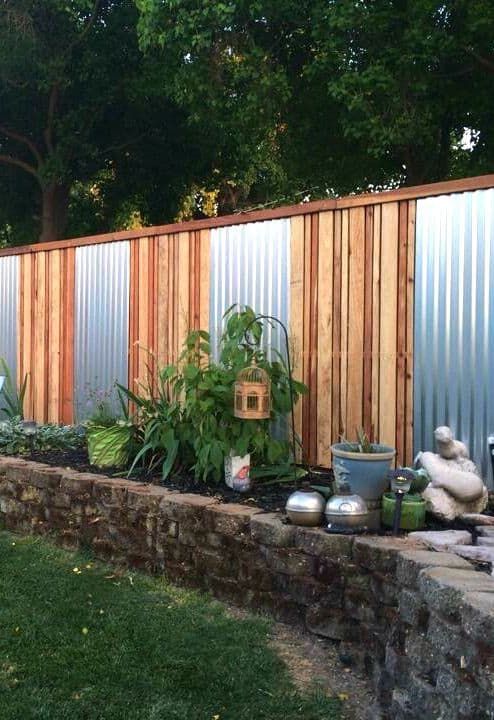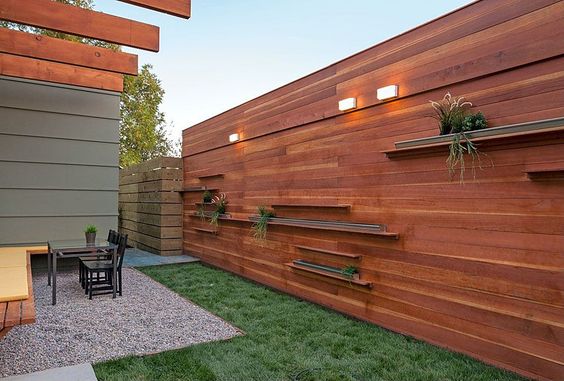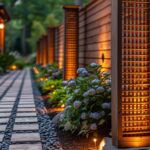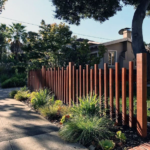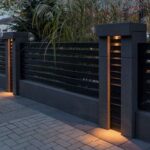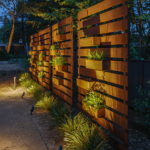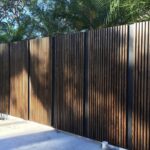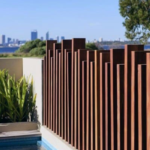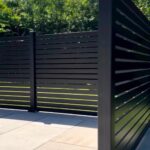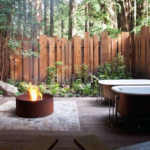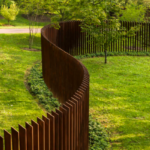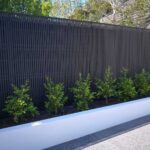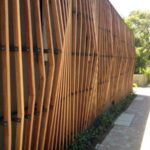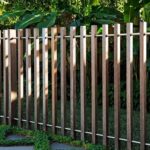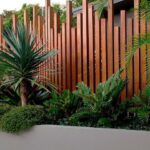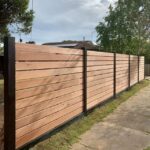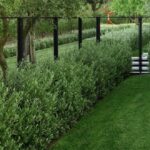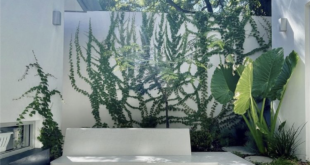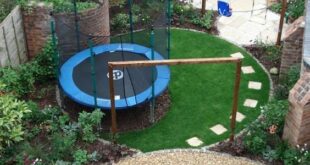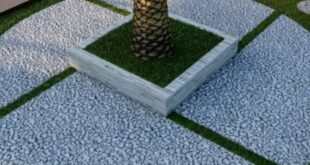Adding a fence to your backyard not only helps to create privacy and provide security, but also adds to the overall aesthetic appeal of your outdoor space. From traditional wooden fences to modern metal designs, there are endless options for designing a fence that suits your style and complements your landscaping. Here are some key considerations to keep in mind when planning your backyard fence design.
One of the first things to decide when designing a backyard fence is the material. Wood is a popular choice for its natural beauty and versatility, with options such as cedar, redwood, and pressure-treated pine. Wood fences can be stained or painted to match your home and landscape, and can be customized with various styles such as picket, privacy, or lattice. Metal fences, such as wrought iron or aluminum, provide a sleek and modern look, while also offering durability and low maintenance. Vinyl fences are another popular option, with the added benefit of being low-maintenance and resistant to rot, insects, and fading.
The height of your fence is another important factor to consider. The height will depend on your privacy needs, local regulations, and the overall design of your backyard. A taller fence provides more privacy and security, while a lower fence can create a more open and spacious feel. It’s also important to consider your neighbors and any local regulations regarding fence height and placement to ensure compliance.
In addition to the material and height, the style of your fence should also complement the architecture and landscaping of your home. For a more traditional look, consider a picket fence with decorative posts, or a lattice fence adorned with climbing plants. If you prefer a modern aesthetic, a sleek metal fence with clean lines can add a contemporary touch to your outdoor space.
Incorporating gates and embellishments into your fence design can also enhance the overall look and functionality of your backyard. A well-designed gate can serve as a focal point and provide easy access to your outdoor space. You can also add decorative elements such as finials, post caps, or lattice panels to customize your fence and add visual interest.
Lastly, consider the maintenance requirements of your chosen fence material when designing your backyard fence. Wood fences may require periodic staining or sealing to maintain their appearance, while metal and vinyl fences are generally easier to care for. Regularly inspecting and cleaning your fence will help prolong its lifespan and keep it looking its best.
Overall, designing a backyard fence is an opportunity to enhance the beauty and functionality of your outdoor space. By considering factors such as material, height, style, and maintenance, you can create a fence that not only provides privacy and security, but also adds value and charm to your home. Take the time to carefully plan your fence design, and you’ll be sure to enjoy your backyard for years to come.
 innstyled backyard design ideas
innstyled backyard design ideas
